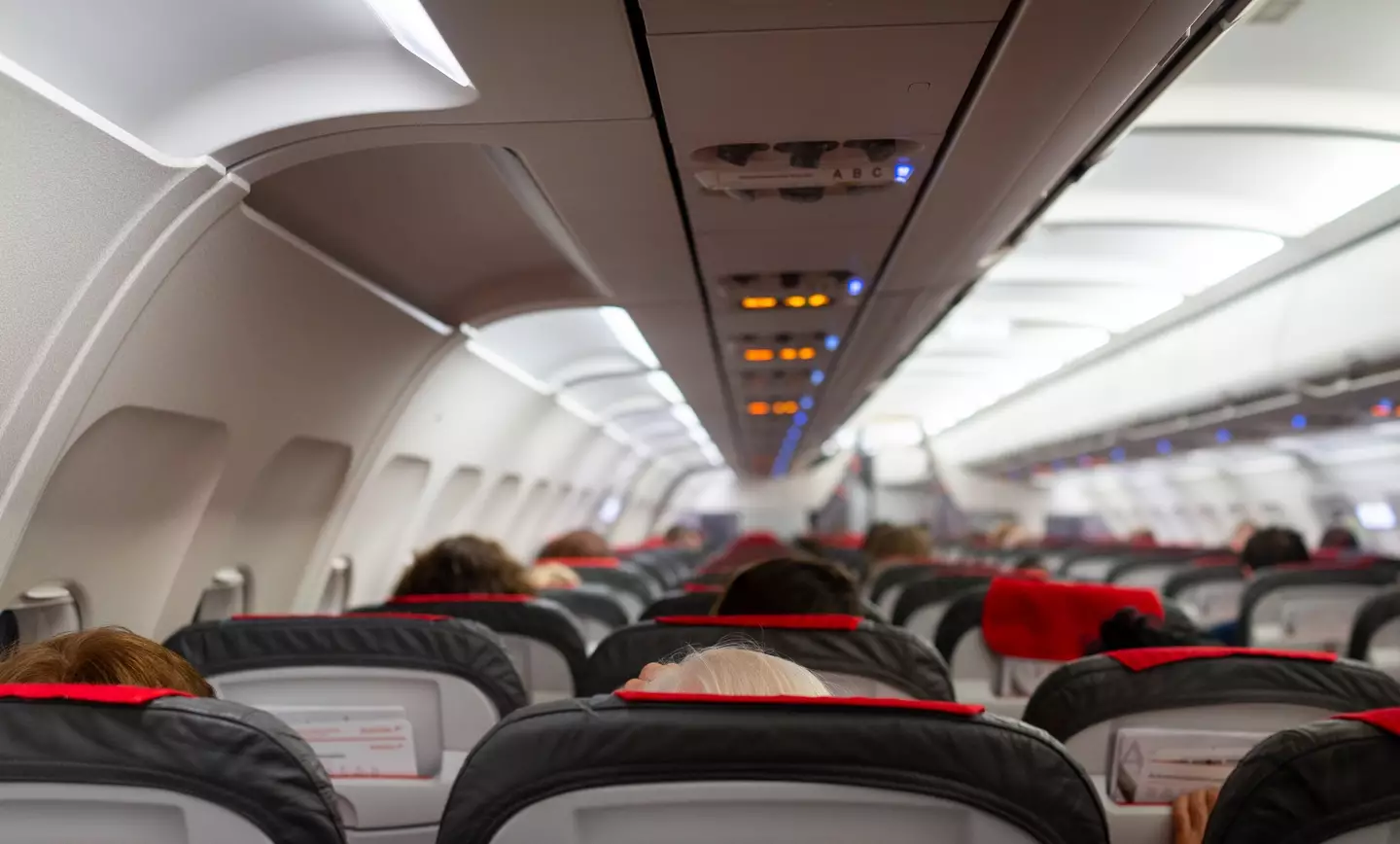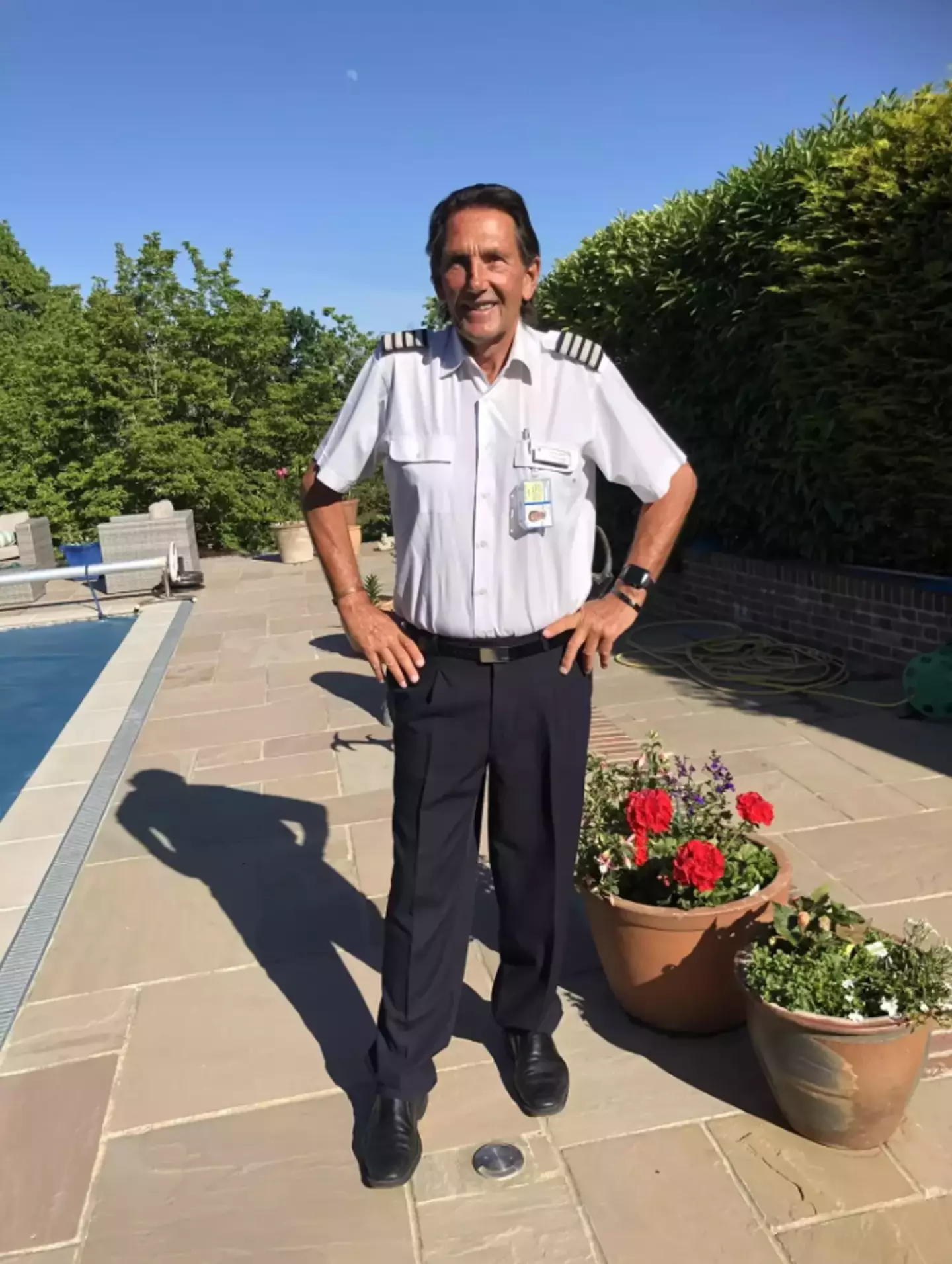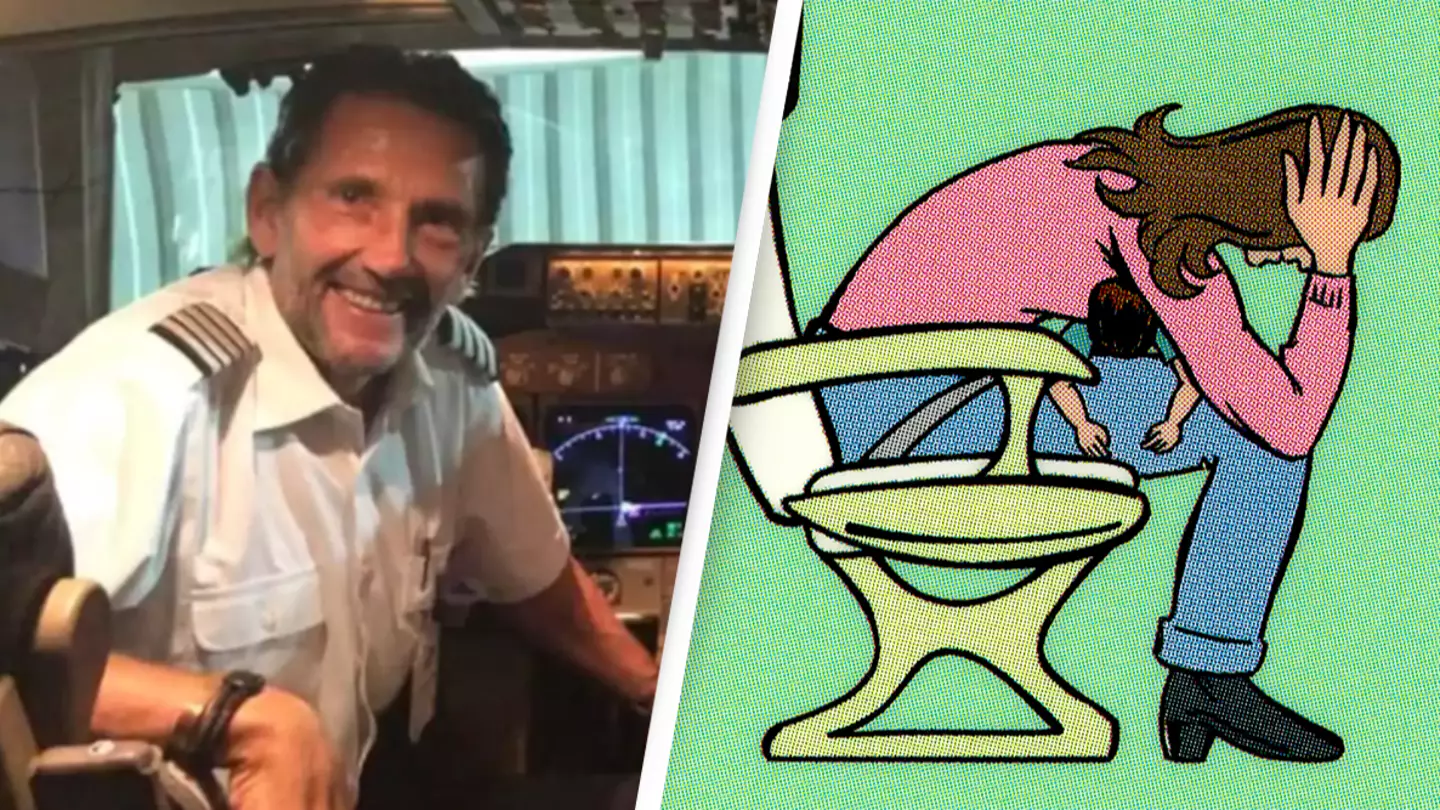Have you ever wondered why flight attendants instruct you to adopt the brace position during emergencies? One of the globe’s most seasoned pilots has finally debunked some common myths surrounding this safety measure.
As any frequent flyer knows, before any flight takes off, the cabin crew meticulously goes through the safety protocols, which includes the brace position. If you’ve ever glanced at the safety card in front of you, it details this procedure, suggesting passengers bend forward with hands over their heads.
Yet, this position has often been scrutinized, with some conspiracies suggesting it’s designed to fatally injure passengers quicker in the event of a crash.

This alarming theory, however, has been dismissed by Nick Eades, who confidently claims the title of the world’s most seasoned Boeing 747 pilot. In an exclusive interview with LADbible, Eades clarified, “What you’re trying to do is to stop people from breaking their necks in a big impact.
“You’re just trying to get the body into a position that’s going to suffer the least damage. It’s akin to preventing whiplash, where the sudden movement of the head can lead to severe injuries or death.”
Furthermore, Eades shared insights on the evolution of cabin crew training, revealing that they are no longer instructed to use the term ‘brace’ during emergencies due to potential misunderstandings.

“I’ve encountered a few situations where there were problems with the landing gear, and the cabin crew ended up shouting ‘brace, brace!’ to the passengers,” he noted. “Consider this: at least half, probably three-quarters, of the passengers may not speak English as their first language. In such urgent moments, the command ‘brace’ could easily cause confusion.”
With over four decades of flying under his belt, Eades has faced numerous technical challenges and recalls multiple instances where he had to instruct passengers to brace for impact.
“I’ve had a couple where we had problems with the landing gear, and the cabin crew shout to all the passengers, ‘Brace, brace!'” he recounted. “Now, if you think about it, I would say at least half – probably three-quarters – of passengers on the airplane don’t speak English as their first language. And if you think about it, what does ‘brace’ mean?”
This insight not only provides a clearer understanding of the purpose behind the brace position but also highlights the importance of clear communication during flight emergencies.

